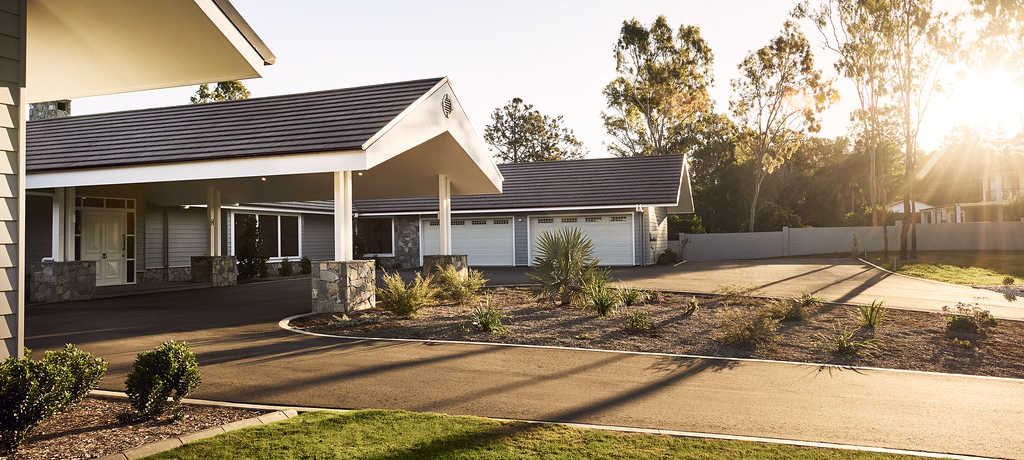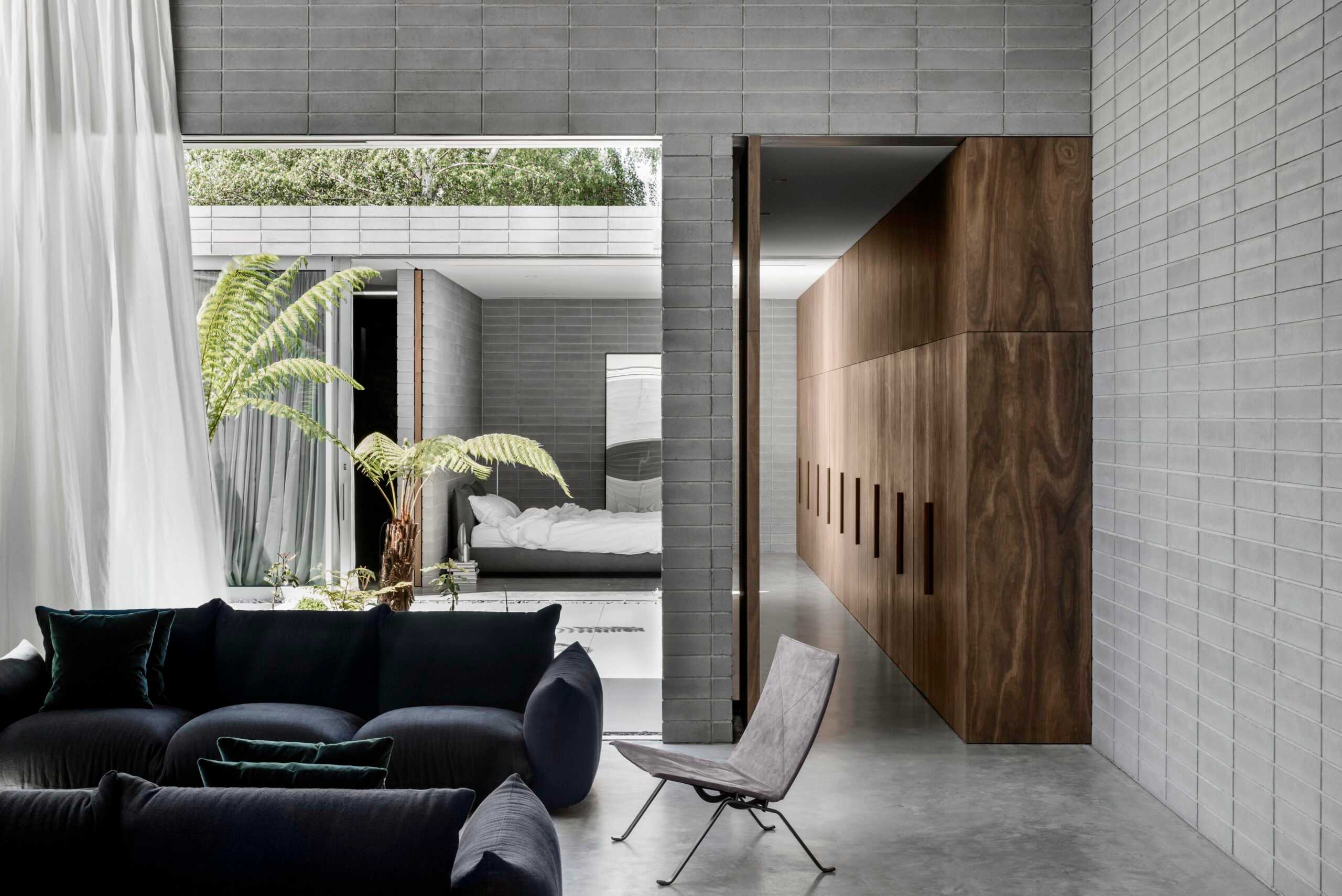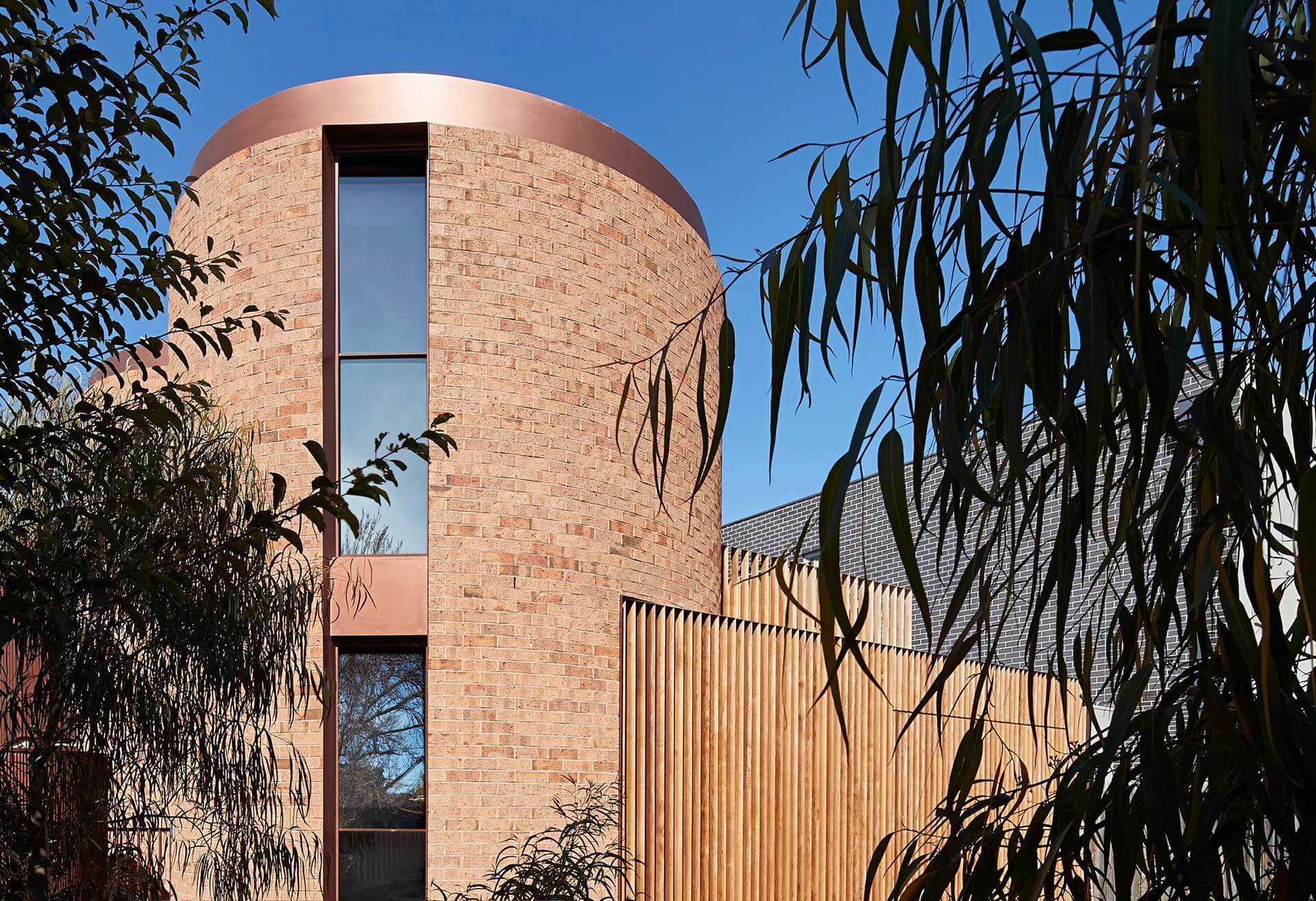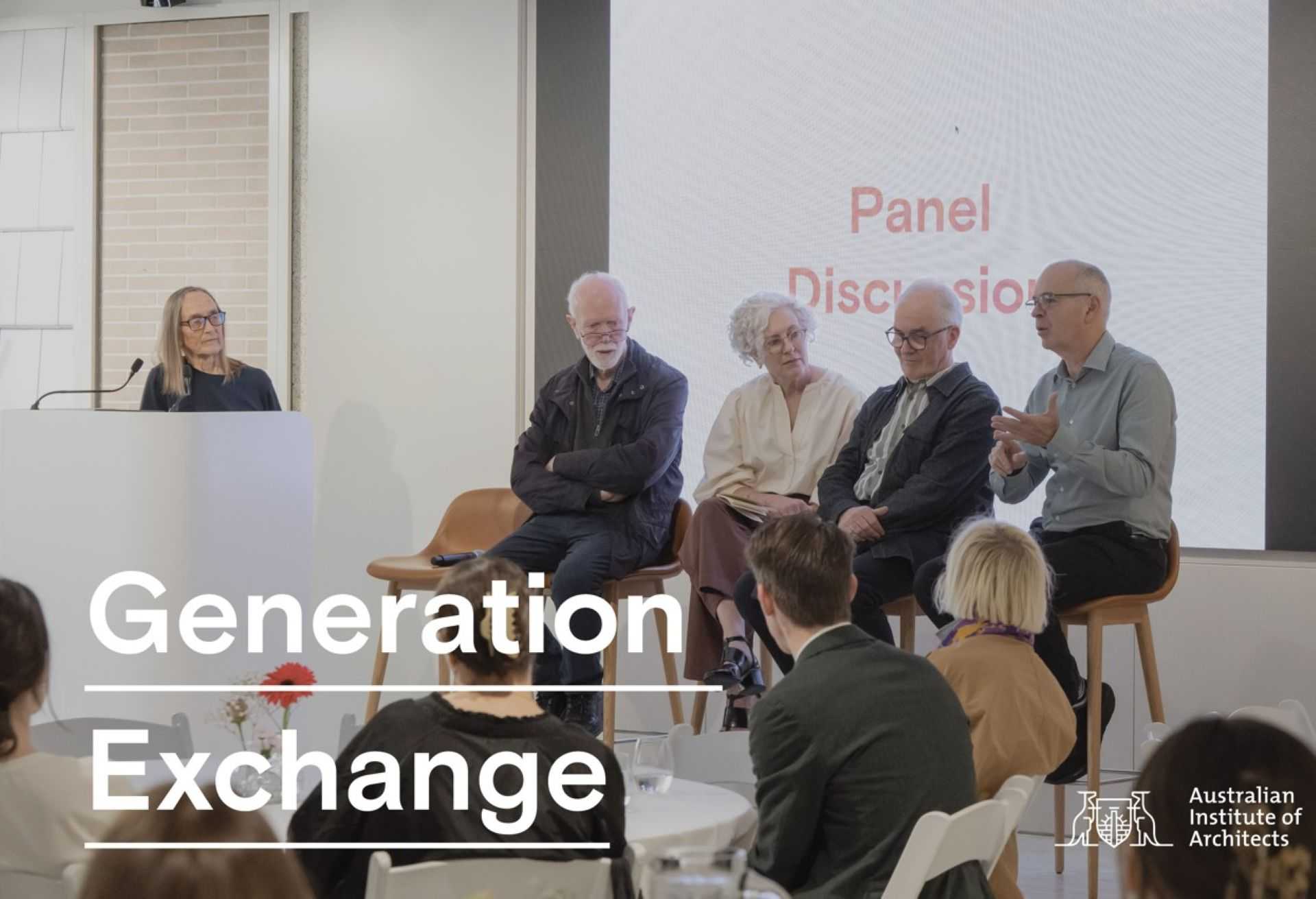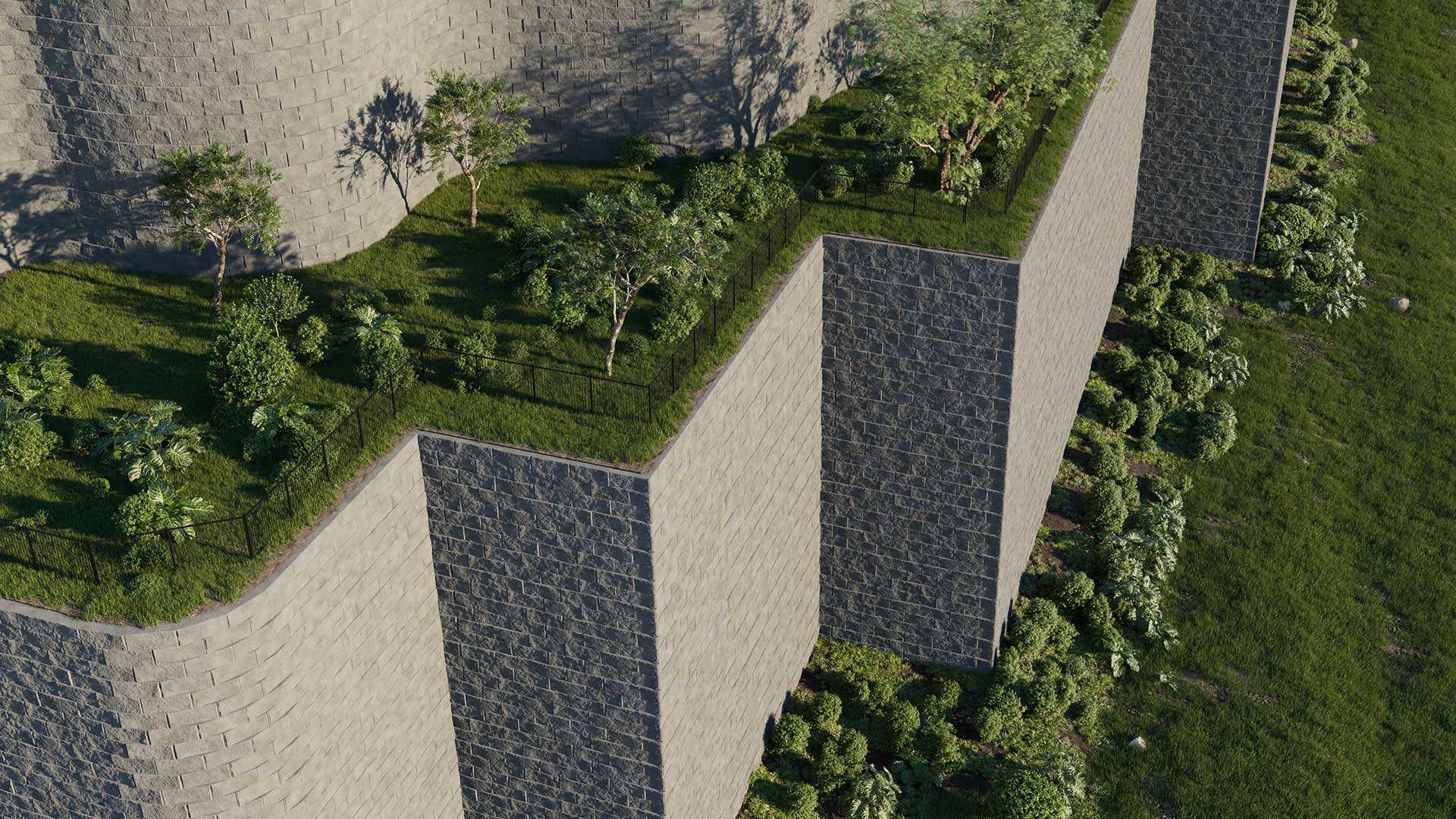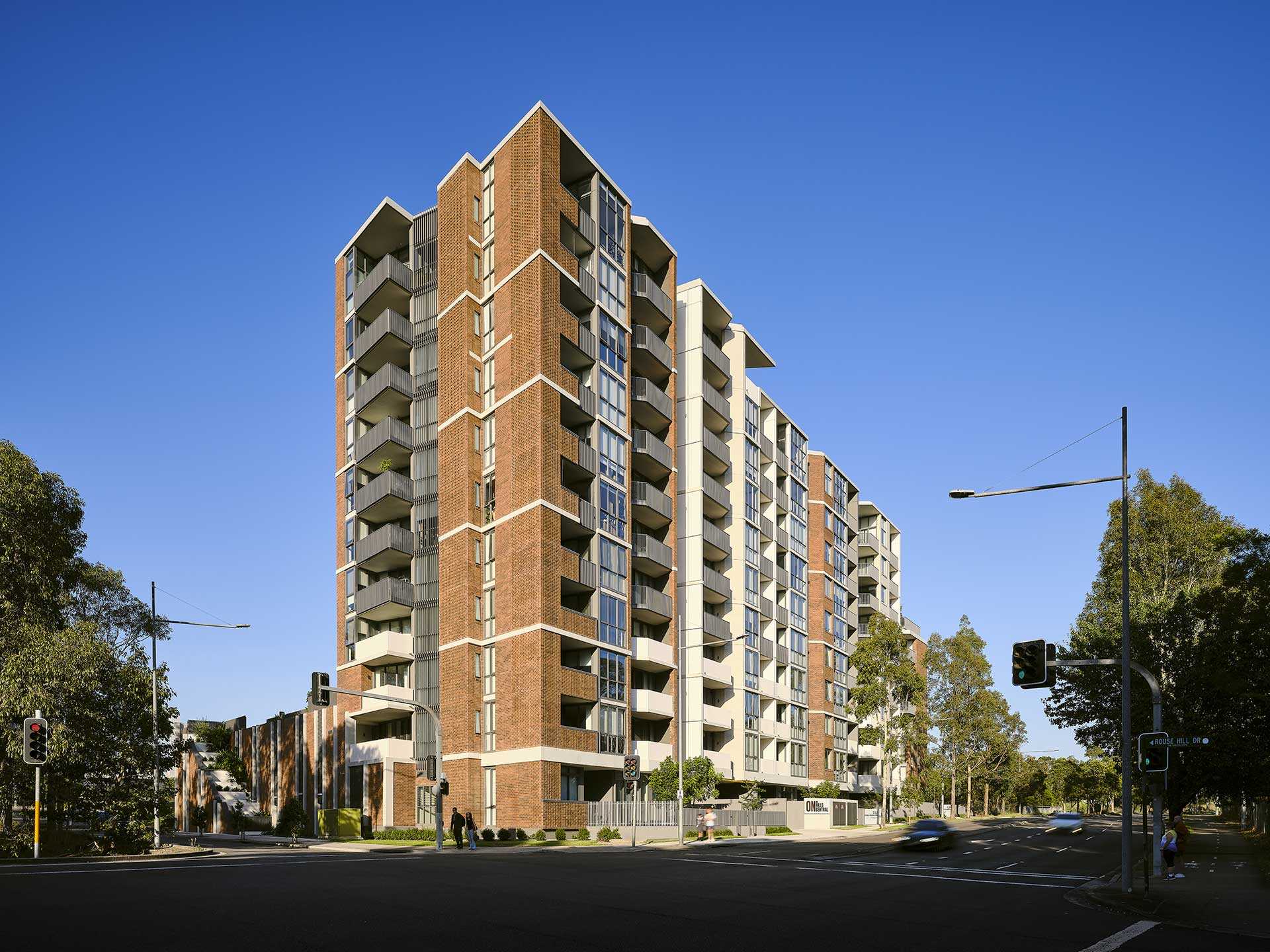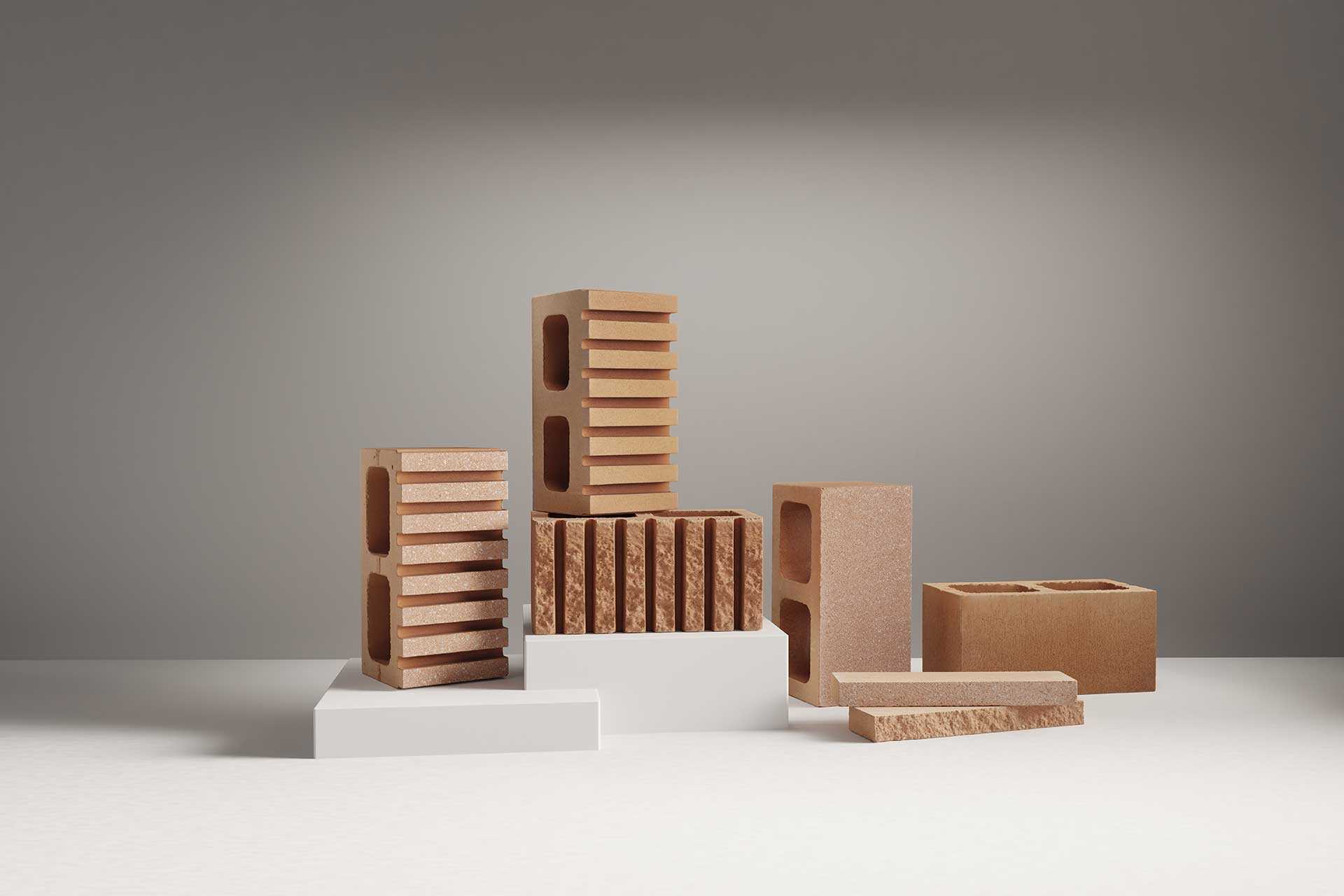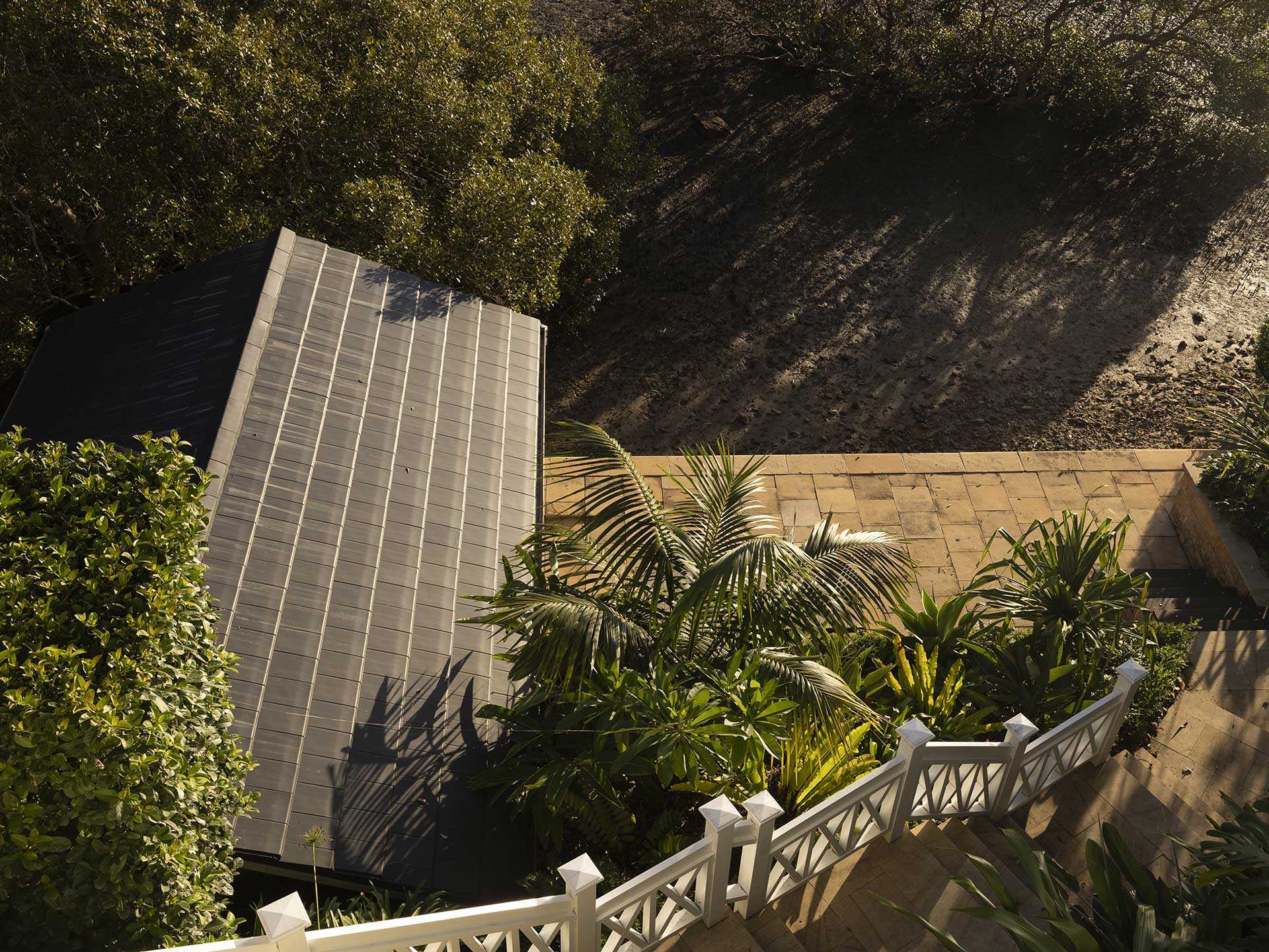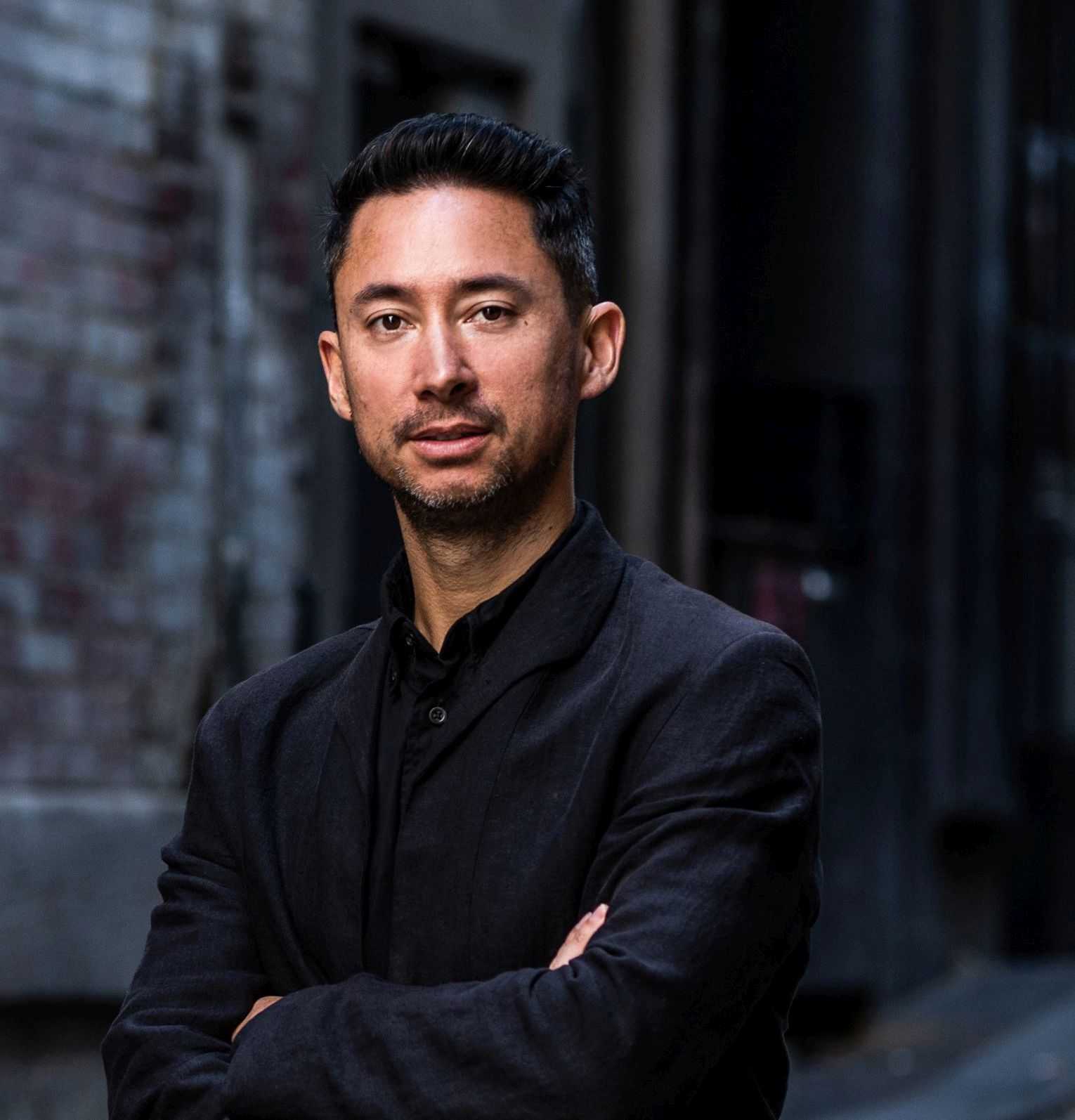
Tristan Wong, SJB Architects
Tristan Wong began working at SJB in Melbourne in 2011, and was appointed as director at SJB in 2016. Tristan has a strong interest and skill in creating innovative design solutions in collaboration with his clients, working on a number of award winning residential and commercial projects during his time at SJB.
Tristan was also appointed as co-creative director for the Australian Pavilion at the 17th Venice Biennale, where he developed an inspiring response to the theme of ‘how will we live together?’ surrounding the concept of culturally responsive design and Indigeneity in Australia the Indo Pacific Region.

Prior to his role at SJB, Tristan completed a Bachelor of Planning and Design and a Bachelor of Architecture at the University of Melbourne in 2006. During his studies Tristan worked at various architecture practices including Hassell, Bates Smart and Greg Burgess. Whilst working at Greg Burgess, Tristan learnt to understand clients, projects and the connection to land through working on various cultural projects. ‘It was a very hands-on approach, very collaborative, very personal and human,’ Tristan says.
This collaborative approach still remains an integral part of Tristan’s design process today. On completing his degree, Tristan spent three years travelling, painting and illustrating, gathering inspiration that would influence his following years as an architect. He has also illustrated a book titled ‘The Third Skin’, which focuses on the way aspects of the built environment are experienced by the occupants and the importance of sustainability in architectural design.
Tristan’s illustrations were connected to his experience in Central and South America, where he was fascinated by the context, the environment and the religious symbolism.
On his pivot from art to architecture, Tristan says he enjoyed the sculptural and functional aspect of design, which was much more methodical than the creative freedoms of art. ‘To go back into architecture, which was much more focussed around the client brief, and a particular site, and a really specific environment, was a change from having absolute creative freedom to draw and create whatever you wanted’ he said. ‘I love designing something that has to be both functional, but also beautiful and engaging with its people and its environment’.

Tristan Wong is passionate about delivering work that creates positive experiences, not just for those working and living in a building, but also on the people that are viewing and interacting with the building from the outside. His innovative thinking and bold solutions have helped drive positive lifestyle and well-being outcomes for people, as well as various environmental benefits.
‘We continue to challenge ourselves as designers to create an engaging built environment so that the cities and places we inhabit can continue to evolve, yet remain relevant and beautiful,’ Tristan says.
Tristan’s projects are renowned for their clarity and innovation in the planning and design, which is particularly evident in the design of ‘51 Langridge Street,’ a highly sustainable commercial office building located in Collingwood, Victoria. The design brief of 51 Langridge was to create a sustainable, contextually relevant building that promotes health and wellbeing.
To bring this ethos to life, Tristan and his team designed multiple double-height gardens, extensive bicycle parking, solar energy capture, green breakout spaces, rainwater harvesting and a productive rooftop garden. For the building’s façade, Tristan and his team took inspiration from Collingwood’s rich history. He says, ‘We wanted to take reference from the amazing heritage buildings all throughout Collingwood; the beautiful cement and concrete detailing, buttresses, corbels and lintels that you see.’

Typically, historical buildings in the area had very distinguishable front and side elevation, and so Tristan and his team decided to mimic this in 51 Langridge Street. The external walls of the building feature a highly textural, fabric-like skin, while the upper levels are characterised by staggered concrete panels that have been imprinted with a complex, woven-like pattern.
These textured finishes were inspired by the rag trade which was a big part of Collingwood’s history, with many of the factories being dedicated to wool stores and fabric merchants.
The building’s facade has a unique buttressing detail that references the detail on some of the old buildings in Collingwood, whilst the rear of the building features a bold green external staircase that extends from the ground floor to the rooftop. This staircase further promotes the workplace as a walkable environment, whilst the green colour references the building’s eco-credentials.
‘There's probably not many buildings you'll find that have their only stair, that is for the whole building, outside,’ Tristan says. For the interiors of the building, Tristan and his team opted for a minimalist, pared back aesthetic. The space features polished concrete floors and (ceilings with exposed services) Scandinavian-inspired furniture, with timber accents throughout the space to soften. ‘That was part of the ethos behind the design,’ Tristan says. ‘It was about minimising material use.’
With its vast open spaces, raw materials and industrial fit out, the stunning 51 Langridge is a testament to Tristan Wong’s innovative and considered design approach.
Learn about our products.
Join us at an event.
